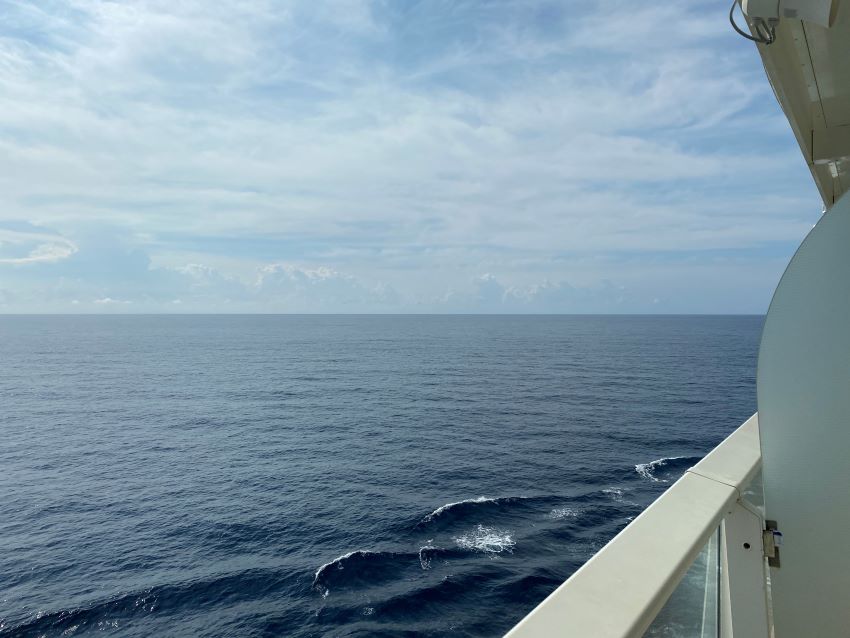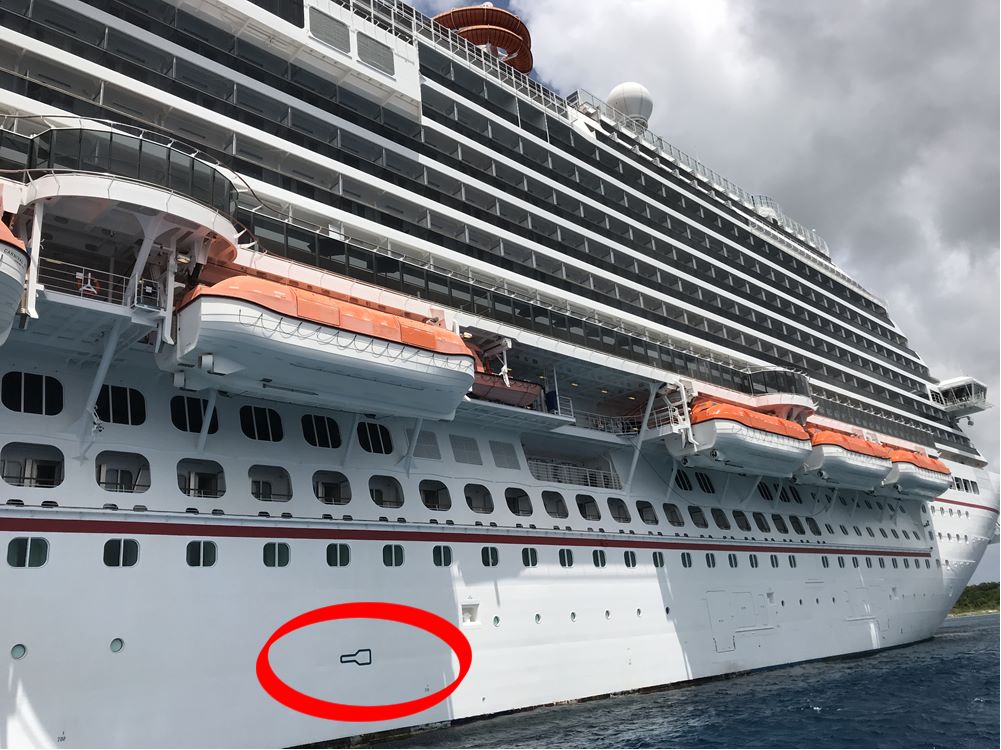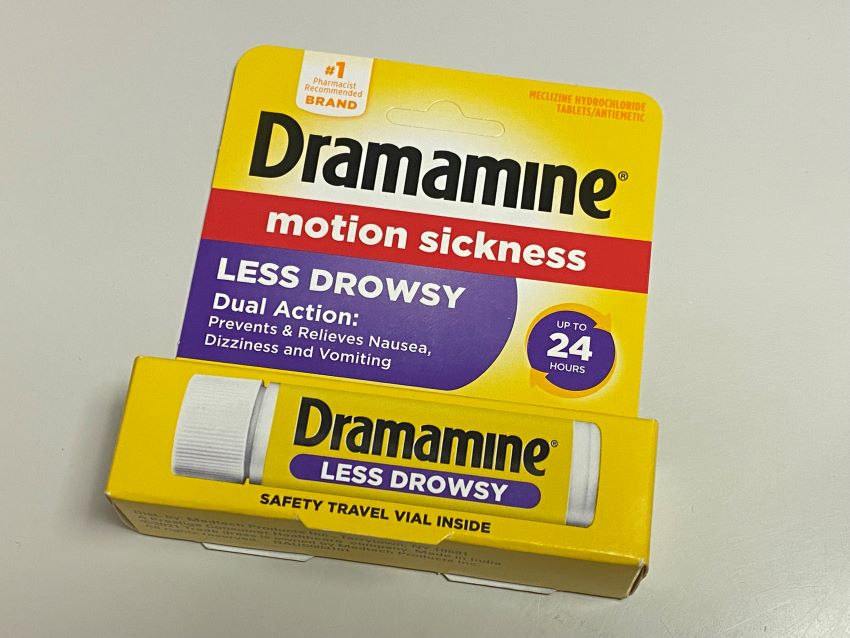When it comes to enjoying your vacation, nothing can change things faster than being seasick on your cruise. Meanwhile, it’s said that motion sickness occurs in about 25% of people. So on a cruise with 4,000 passengers, 1,000 may be worried about not feeling their best.

The good news? The number of people feeling seasick is going to be much lower than one in four. Between the stability of the ship and the availability of treatments to keep you feeling good, the number of people impacted by severe seasickness is fairly low.
Even so, those who are susceptible to feeling queasy will have plenty of questions about being seasick while on the cruise. Here’s what to know…
Is the Cruise Ship Rocky When You Sail?
First things first, you’re likely wondering what it’s like to be on the ship in the middle of the ocean. If you’re someone that suffers seasickness, you might be worried that on the ocean the ship will constantly be rocking back and forth.
We can tell you after taking dozens of cruises, that’s simply not the case. There are times where you can feel the ocean’s movement, but it’s usually slight. So instead of feeling a sway back and forth — say, to where you would stagger when you walk — you might feel the ship move just enough to remind you that you’re on the water.
Can it get rockier? Of course, but remember that cruise lines have no interest in a cruise that tosses the ship around. Even if passengers don’t get seasick, it doesn’t exactly make for a fun vacation.
How Does the Ship Stay Stable in the Water?

Look at a ship and the fact that it stays stable seems like magic. After all, they can tower high above the water and with everything on top of the ship, they also look fairly top heavy. However, there are ways ships are built and some strategies used to ensure they stay stable while cruising.
First, cruise ships can move. Today’s forecasting tools can offer lots of advance notice about weather conditions. While a ship can’t completely avoid all weather, it does have the ability to maneuver or change course to offer a more comfortable ride when possible.
Even if there is rocky weather, however, it doesn’t mean the ship will be rolling. Modern ships are built with stabilizers under the water. Passengers will never see these, but if you notice a symbol painted on the ship’s hull that looks like a key, that means there is a stabilizer there.
These stabilizers are shaped like a wing that folds out from the ship and cuts through the water. With the wing out, it makes it much harder for the ship to rock back and forth as the wing will push against this type of motion. The result? A much more stable ride.
Do People Get Seasick?
On the vast majority of cruises, we wouldn’t label seasickness as a major issue. For instance, unless you happen to hit weather, you won’t see passengers carrying around paper bags in case they get queasy.
That said, there’s no doubt that some people are more sensitive to motion than others. So, yes, out of the thousands of passengers, there might be some who still get sick.
If you’re someone who easily gets motion sickness, then we highly suggest taking some preventative steps to make sure you will be able to enjoy your vacation.
The good news if you do get sick? Most cruises to places like the Caribbean are at sea only for a day before reaching a port of call. That means there won’t be days on end with no relief. Within short order you’ll be docked, giving you a break.
What Can I Do to Prevent Seasickness on a Cruise?
Still concerned about motion illness while on your vacation? In that case, you can take steps to prevent it so you can have fun on your trip instead of feeling sick to your stomach.
There are plenty of natural remedies out there (eating green apples, ginger, etc.), that may work but we’d suggest something more tried and true. According to the CDC, “commonly used medicines are diphenhydramine (Benadryl), dimenhydrinate (Dramamine), and scopolamine.”
Seattle Children’s Hospital also recommends Dramamine for motion sickness, including for kids as young as two years old.
Bottles of Dramamine and other remedies are available at any drugstore or on Amazon and only cost a few bucks.
Are Remedies Available Onboard?

Say you completely forget to bring something for seasickness. Or say you didn’t think it affected you, but some rough weather has your stomach in knots. In that case, you aren’t out of luck.
First, you can head to Guest Services. Often they have seasickness pills available at no charge for passengers who need them.
If there are none there, then each cruise ship will have a shop selling sundries like snacks, toothpaste, batteries, and yes, seasickness medications.
Finally, if you can wait until you are in a port of call, every port area will have some sort of small shop that you can buy items you forget — including medicines — for cheaper than on the ship.












